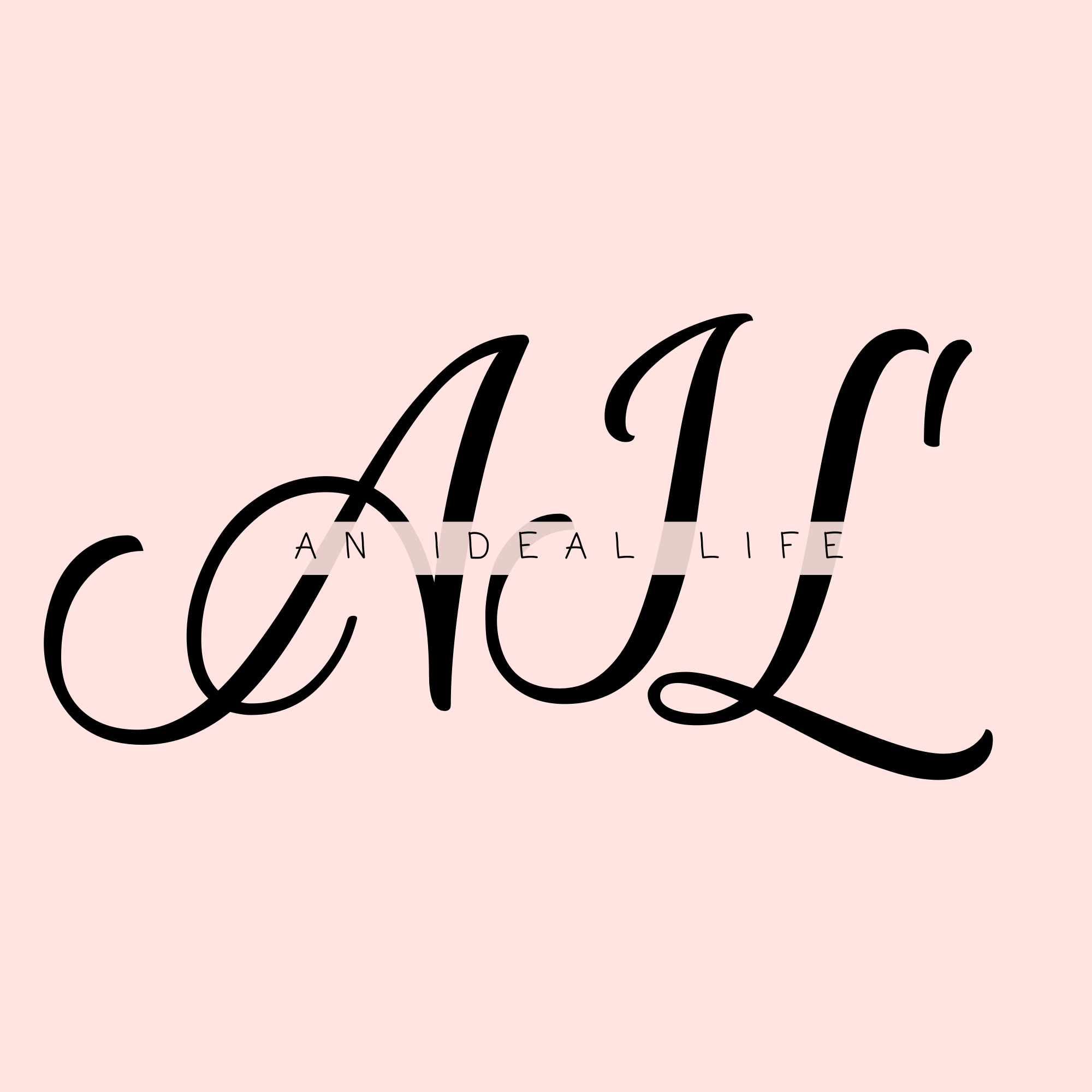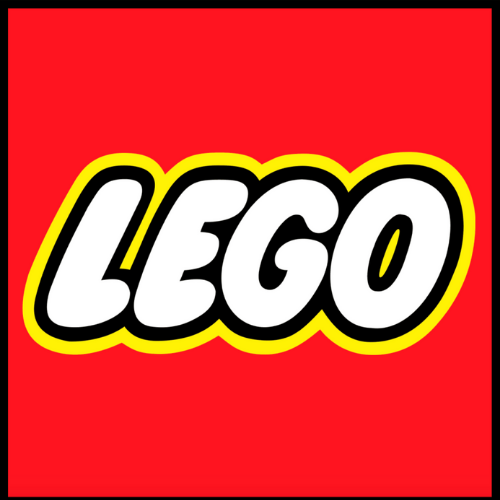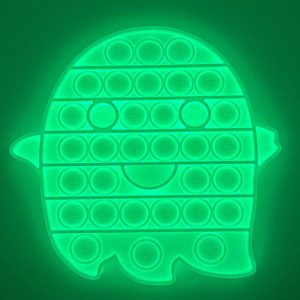LEGO
Description
For decades, LEGO has been sparking creativity, imagination, and problem-solving skills in people of all ages. Whether you’re a child discovering the joy of building for the first time or an adult reconnecting with a beloved hobby, these bricks offer endless possibilities for creating, learning, and exploring. From iconic sets to advanced engineering kits, the brand brings the magic of construction to life through colorful, interlocking bricks that inspire creativity and joy.
In addition to its role as a beloved toy, LEGO has become a tool for cognitive development and therapy. The structured yet open-ended nature of building with the bricks helps improve find motor skills, spatial awareness, and focus. For those who are autistic or have diagnoses like ADHD or anxiety, these bricks can offer a calming, focused activity that enhances mindfulness and concentration.
Frequently Asked Questions
What is a LEGO toy?
These toys are sets of interlocking plastic bricks that can be assembled and connected in countless ways to build structures, vehicles, and imaginative creations. The sets often come with specific themes or instructions, but the open-ended nature of the bricks themselves encourages freeform play and creativity.
What does LEGO stand for?
LEGO comes from the Danish words “leg godt,” which means “play well.” Founded in 1932, the phrase has since become synonymous with creativity, fun, and high-quality construction toys that inspire imaginative play.
Why is LEGO so popular with adults?
The popularity of these toys with adults stems from their blend of nostalgia, creativity, and challenge. Many adults find joy in the meditative process of building, and LEGO offers advanced sets that cater to more complex interests, such as architecture, engineering, and pop culture themes. It’s a way for adults to relax, express creativity, and revisit a childhood favorite.
What does LEGO do for your brain?
Building with these bricks stimulates brain activity by engaging both fine motor skills and cognitive functions. It helps improve problem-solving, spatial reasoning, creativity, and memory. The process of following instructions or designing original creations challenges the brain in a fun and constructive way.
Is LEGO good for anxiety?
Yes, the repetitive, hands-on nature of building provides a calming activity that promotes focus and mindfulness. Many people find the structured yet creative process soothing, as it allows them to concentrate on the task at hand, helping to reduce feelings of stress or anxiety.
Is LEGO good for ADHD?
Yes, the tactile experience of building helps maintain focus and attention, while the sense of accomplishment from completing a project can boost self-esteem. The step-by-step instructions also provide a structured activity that can aid in improving concentration and patience.
Is LEGO good for autistics?
Yes, they are often used in therapeutic settings—the clear rules, visual instructions, and hands-on nature provide a comforting and structured environment for play.
Is LEGO good for dyspraxia?
For individuals with dyspraxia, it can help improve find motor skills and hand-eye coordination. The process of manipulating small bricks and following structured instructions allows those with dyspraxia to practice control and precision in a fun and engaging way.
Is LEGO good for dementia?
Yes, the tactile nature of building, along with the process of following instructions, can help stimulate cognitive function and memory recall. It also provides a calming activity that can reduce agitation or anxiety, offering moments of engagement and enjoyment.
How can LEGO be a cognitive therapy tool?
This is used as a cognitive therapy tool to improve fine motor skills, spatial reasoning, and problem-solving abilities. The act of building requires focus, patience, and planning, which engages multiple cognitive functions.
What are the best LEGO sets?
The best sets depend on individual interests and skill levels. Popular sets include themed collections like LEGO Star Wars™, Marvel, Animal Crossing, Architecture and even Braille Bricks! Their classic LEGO bricks remain timeless, allowing for open-ended creative play without limits.
More Fun Finds
Looking for more ways to spark joy and creativity in your day? Check out our curated collection of fun products that inspire play and imagination, whether for kids or adults who are young at heart.
Explore Neurodivergent Tools
Browse our selection of neurodivergent-friendly products designed to support focus, sensory needs, and creativity. From calming activities to tools that enhance cognitive skills, these finds offer something for everyone.
Shop Neurodivergent Essentials
Connect With Us
Join our community of like-minded millennials committed to living an ideal life! Follow us on social media for inspiration, offers, and updates:
- Instagram: @AnIdealLifeBlog
- Facebook: An Ideal Life
- Twitter: @AnIdealLifeBlog
- Pinterest: @AnIdealLifeBlog
- TikTok: @AnIdealLifeBlog
Only logged in customers who have purchased this product may leave a review.






Reviews
There are no reviews yet.